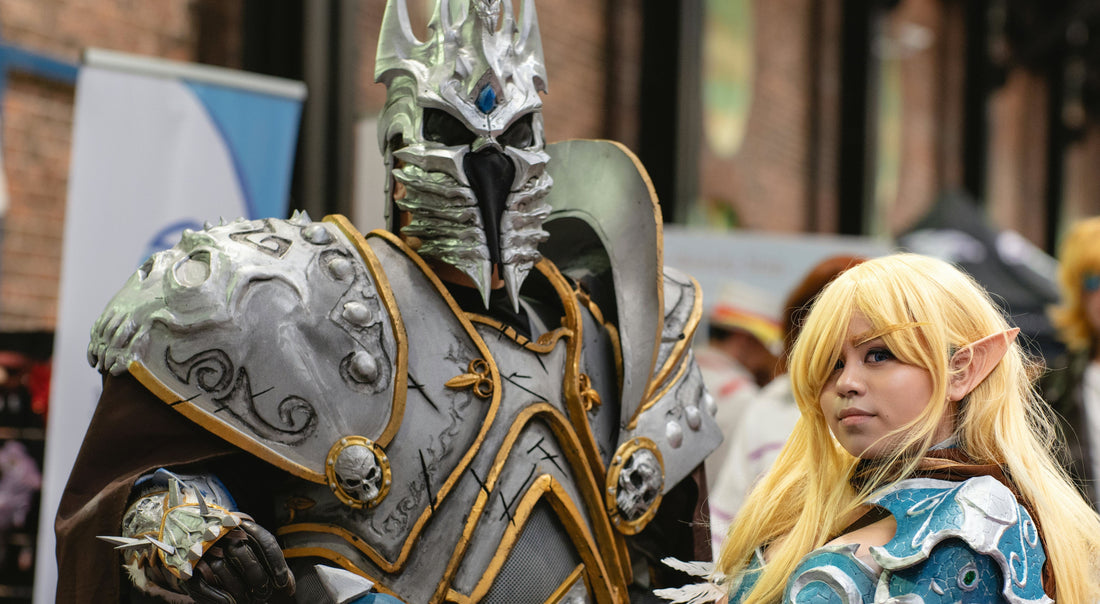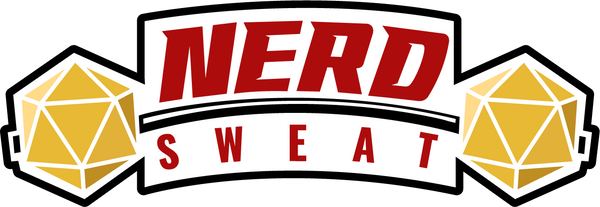
When the Party Befriends the Big Bad: Embracing Chaos as a Dungeon Master
One thing they never tell you in the Dungeon Master's Guide is this: your players will almost certainly throw a fireball at your well-planned plot—and not always metaphorically.
Maybe you’ve built a multi-session political thriller, only for your bard to seduce the antagonist in session one. Or perhaps your rogue takes a sudden left turn and decides to join the villain instead. Or worse—parlay.
You might feel panic. But here’s the secret: player chaos isn’t a problem—it’s a portal.
🎲 Chaos Is the Currency of Collaboration
D&D isn’t about your story as the DM. It’s a shared narrative, and the most memorable moments often come from player curveballs. When the party does something totally unexpected, it means they’re engaged, invested, and taking ownership of the world.
Instead of dreading the chaos, embrace it as a creative challenge. It's not derailment—it's a co-written subplot.
“No plan survives contact with the players.” – Every experienced DM ever
🧠 Creative Jiu-Jitsu: Turning Surprises into Story Beats
Here’s the trick: you don’t need to control player choices—you just need to reframe your narrative in response.
Let’s say you built a big-bad necromancer with a dramatic backstory, ready to destroy a city in three sessions. But your druid offers to help him resurrect his lost love instead. Suddenly, you’re running a redemption arc instead of a battle royale.
Now it’s a character-driven story with emotional stakes. Your players feel like their choices matter, and you look like a genius for going with the flow.
Example in Action:
In one campaign I ran, the players were meant to stop a corrupt mayor. Instead, they started a revolution and installed him as their puppet—but gave him a redemption arc. I went from planning a chase scene to writing political intrigue and backroom deals.
It was glorious chaos.
🛠 Tools to Roll With the Punches
Here are a few quick tools to keep in your back pocket when the chaos starts brewing:
🎭 NPC Relationship Webs
Create a simple flowchart of NPCs and their motivations. When players make unexpected alliances, you can pivot quickly by reassigning loyalties and reactions.
📦 Modular Encounters
Design your sessions with movable parts. That dungeon you prepped? It doesn’t have to be under the ruined temple. Drop it into the sewers. Or the Feywild. Or the mind of a dreaming god.
Resource: The Monsters Know What They're Doing helps you build flexible, motive-driven enemies that work in any setting.
🗣 Session Zero & Player Contracts
Setting expectations at the start can prevent the kind of chaos that breaks tone or genre. But even when players veer off course, having a shared foundation makes course correction easier.
- Resource: Tasha’s Cauldron of Everything includes great tools for collaborative character and party creation.
🌟 Embrace the Unexpected
The best D&D stories aren’t the ones where everything goes according to plan. They’re the ones where a failed persuasion roll leads to a bar fight, which leads to a city riot, which leads to the players becoming folk heroes entirely by accident.
So next time your players take a flying leap off your narrative rails, pause… smile… and say,
“Okay. Let’s roll with it.”
📚 Further Reading
- Return of the Lazy Dungeon Master by Michael Shea – especially helpful for improvisational prep.
- Spectacular Settlements by Nord Games – for creating flexible social hubs your players can explore in unexpected ways.
- Sly Flourish’s Blog – full of DM tips for running dynamic, player-focused games: slyflourish.com
Your world isn’t breaking—it’s growing.
And that’s the magic of being a Dungeon Master.
